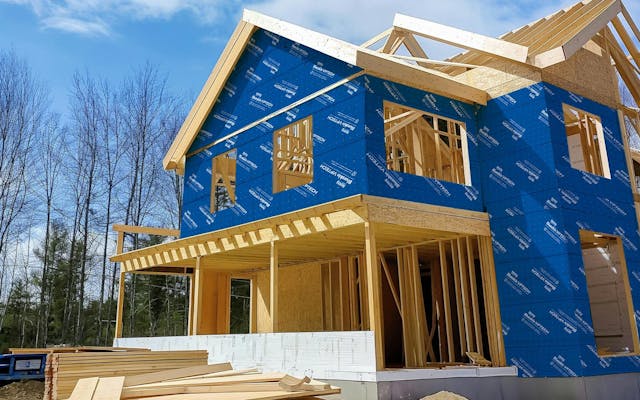Mastering Gardening Tips
Your essential guide to gardening mastery.
Heat's Not Welcome Here: Insulate Your Home Like a Pro
Master home insulation with expert tips and beat the heat this season. Your ultimate guide to a cooler, energy-efficient home!
Top 5 Insulation Materials for Maximum Energy Efficiency
When it comes to achieving maximum energy efficiency in your home, the choice of insulation material plays a crucial role. Here are the Top 5 Insulation Materials that can help you significantly reduce your energy bills and enhance comfort:
- Fiberglass Insulation: Widely used due to its affordability and effectiveness, fiberglass insulation has a high R-value, which means it provides excellent thermal resistance. It is available in batts, rolls, or loose-fill and is considered non-combustible. For more insights, visit Energy Saver.
- Foam Board Insulation: Known for its high insulating value in thin profiles, foam board insulation is perfect for basement walls, exterior walls, and even under roofs. It is lightweight and easy to install. For detailed applications, check out ENERGY STAR.
- Mineral Wool (Rock Wool) Insulation: This insulation material not only offers thermal resistance but is also fire-resistant, making it a safe choice for various applications. Its sound-absorbing qualities also add to its appeal. Learn more about its benefits at ROCKWOOL.
- Cellulose Insulation: Made from recycled paper products, cellulose is an environmentally-friendly option. It is treated with fire-retardants and offers great sound insulation as well. For a deeper dive into cellulose insulation, visit Cellulose Insulation.org.
- Spray Foam Insulation: This modern option expands on application, sealing every nook and cranny in your walls, which greatly enhances energy efficiency and prevents air leaks. While it can be pricier, its benefits often outweigh the initial investment. More information can be found at U.S. Department of Energy.

DIY Insulation: A Step-by-Step Guide to Seal Your Home
Insulating your home is an essential step in enhancing energy efficiency and comfort. DIY insulation can be an affordable project that provides significant long-term savings on energy bills. Begin by assessing the areas that need insulation, such as attics, basements, and exterior walls. The U.S. Department of Energy offers comprehensive guidance on the types of insulation available, including fiberglass, foam boards, and spray foam. Choose the material that best fits your project's needs and budget.
Once you've selected your insulation material, follow these step-by-step instructions:
- Prepare the Area: Clear the workspace by removing any obstacles and ensuring proper ventilation.
- Measure and Cut: Measure the spaces where insulation is needed and cut the material to size.
- Install Insulation: Insert the insulation snugly into the spaces, ensuring there are no gaps for air to leak through.
- Seal Gaps: Use caulk or spray foam to seal any remaining gaps and ensure comprehensive insulation.
How Insulation Affects Your Home's Comfort and Energy Bills
Insulation plays a crucial role in maintaining your home's comfort by regulating temperature throughout the year. Proper insulation minimizes heat loss during the winter months and keeps your home cooler in the summer. This balance is essential for creating a comfortable living environment. According to Energy.gov, effective insulation also helps reduce noise pollution, providing a quieter indoor atmosphere. Types of insulation, including fiberglass, foam, and cellulose, each have their unique benefits and effectiveness, making it vital to choose the right material for your specific needs.
Additionally, insulation significantly impacts your energy bills. By improving your home's energy efficiency, quality insulation ensures that your heating and cooling systems don't have to work as hard, leading to lower energy consumption. As reported by the U.S. Energy Information Administration, homes with proper insulation can see energy bill savings of up to 20%. Investing in high-quality insulation not only enhances your home's comfort but also contributes to long-term savings on energy expenses.